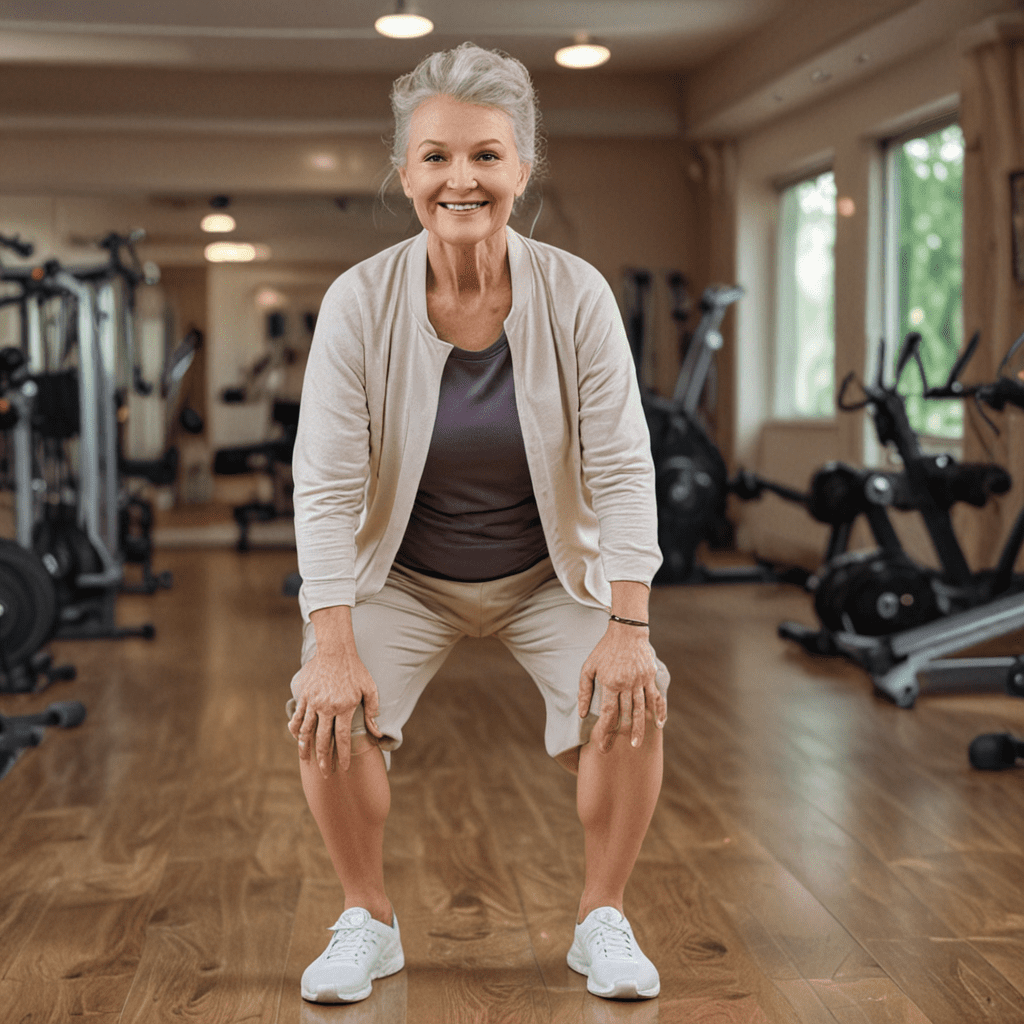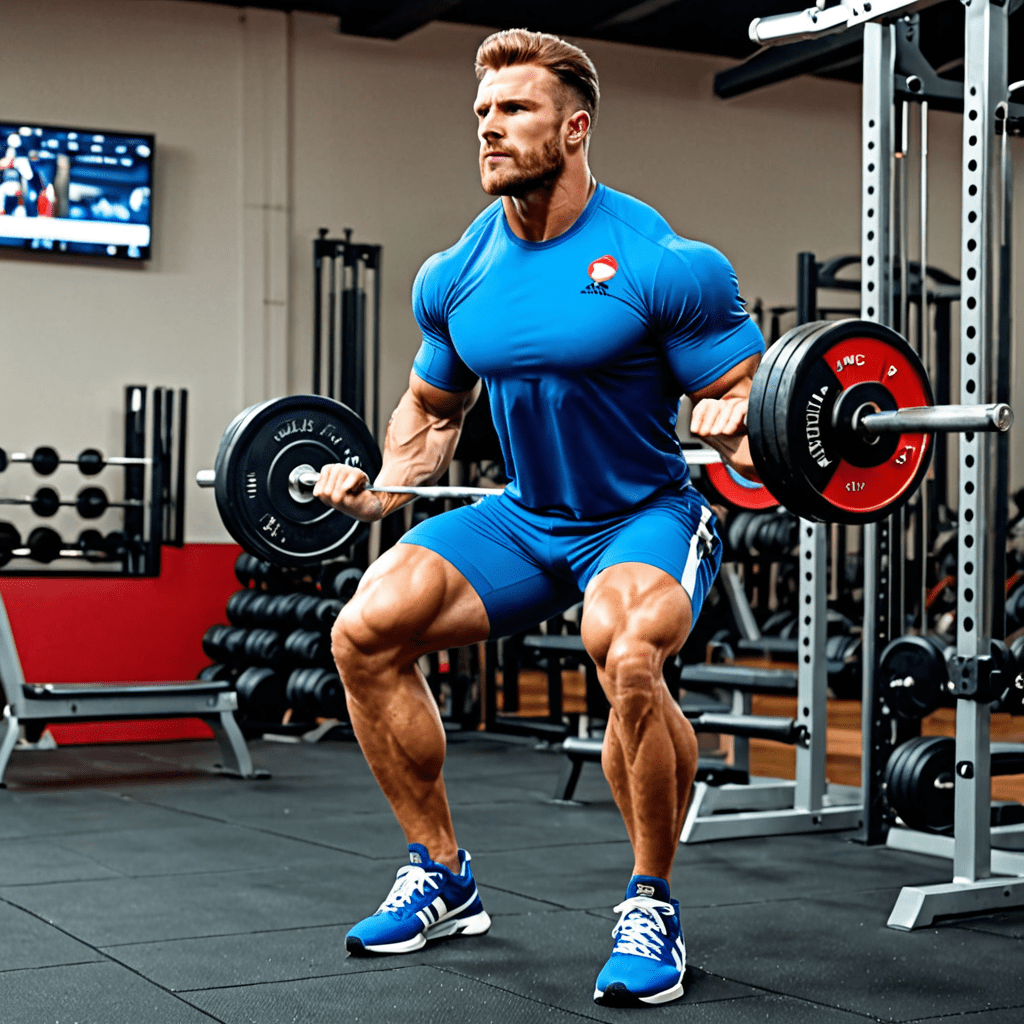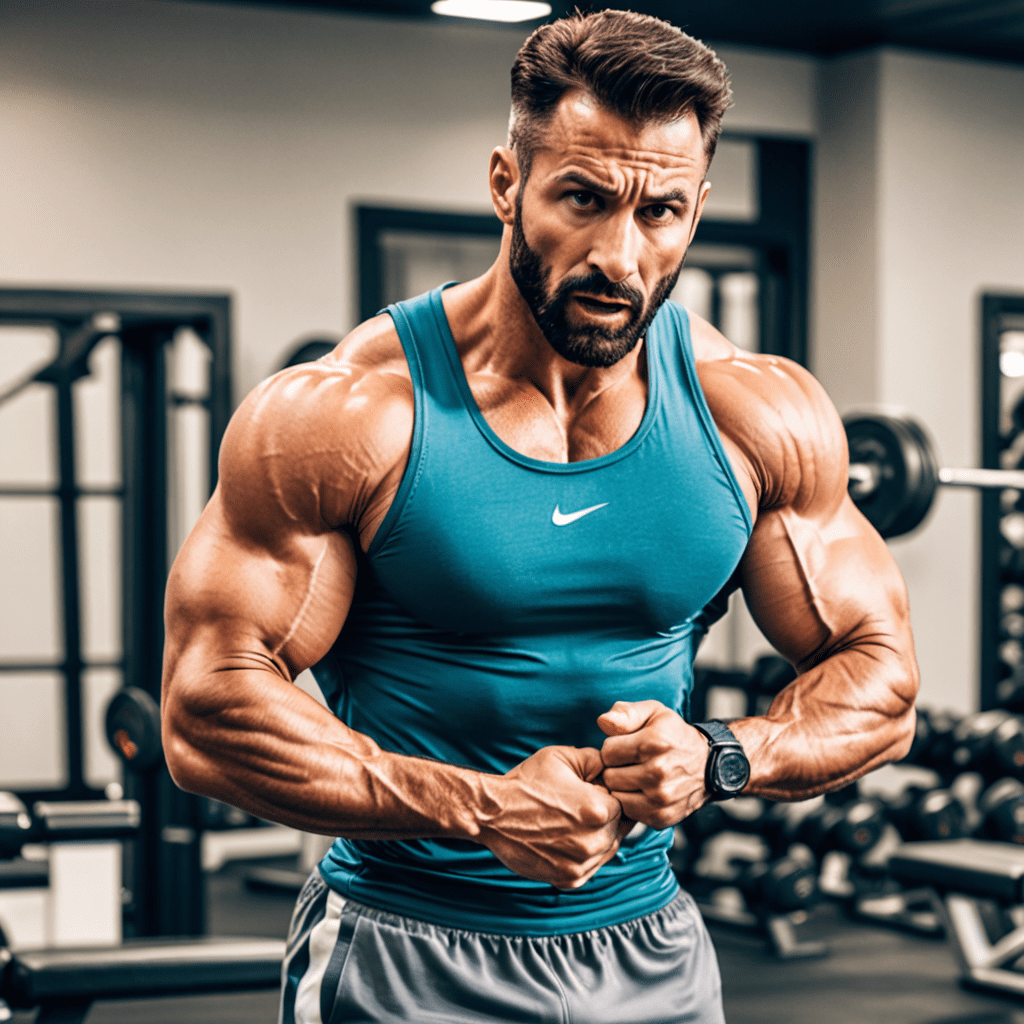
Introduction to Mindful Movement
Mindful movement is a practice that combines physical activity with mindfulness techniques, promoting a deep connection between the mind and body. It involves paying attentive focus to bodily sensations, breath, and the present moment while engaging in movement. Unlike traditional exercise, mindful movement emphasizes the journey rather than the destination, fostering a sense of awareness and acceptance.
The Benefits of Mindful Movement
Regular mindful movement practice offers numerous benefits for seniors:
Physical Benefits
- Improved balance and stability: Mindful movement exercises strengthen core muscles and improve coordination, reducing the risk of falls.
- Increased flexibility and range of motion: Mindful movement involves gentle stretching and flowing motions, promoting flexibility and reducing stiffness.
- Reduced pain and inflammation: Mindful movement helps release tension and promote relaxation, alleviating chronic pain and inflammation.
- Enhanced cardiovascular health: Mindful movement incorporates gentle aerobic activities that improve heart health and increase endurance.
Mental Benefits
- Reduced stress and anxiety: Mindful movement helps calm the nervous system and reduce cortisol levels, promoting relaxation and reducing anxiety.
- Improved mood and well-being: Regular mindful movement practice releases endorphins, which have mood-boosting and antidepressant effects.
- Enhanced cognitive function: Mindful movement requires focus and concentration, which can improve memory, attention, and processing speed.
- Increased self-awareness and body appreciation: Mindful movement fosters a deep connection with the body, promoting self-acceptance and appreciation.
6. Mindful Breathing during Movement
Incorporating mindful breathing into mindful movement is essential for maximizing benefits. Focus on inhaling deeply through the nose, filling the lungs with air, and exhaling slowly through the mouth. Notice the rise and fall of the chest and abdomen with each breath. Allow the breath to guide the movements, coordinating inhalations with expansions and exhalations with contractions.
7. Awareness of Body Sensations
Mindful movement involves paying close attention to bodily sensations throughout the practice. Notice the stretch in the muscles, the weight distribution in different body parts, and any discomfort or tension that arises. Non-judgmentally observe these sensations without suppressing or exaggerating them. This heightened awareness promotes a deeper connection with the body and fosters self-compassion.
8. Staying Present in the Moment
Mindful movement encourages staying present and attuned to the present moment. Let go of distractions and past or future worries. Fully engage in the current activity, whether it's a slow walk or a gentle stretching pose. By cultivating present moment awareness, mindful movement cultivates mindfulness in daily life, fostering a sense of peace and serenity.
9. The Mind-Body Connection
Mindful movement strengthens the mind-body connection by fostering awareness of the reciprocal influence between thoughts, emotions, and bodily reactions. Through mindful movement, individuals learn to listen to their bodies and respond with compassion and care. It helps break down the mind-body duality, promoting a holistic approach to well-being.
10. Embracing the Joy of Mindful Movement
Mindful movement is not just a form of exercise but a transformative practice that fosters joy and fulfillment. It invites individuals to approach movement with a sense of curiosity and playfulness. By savoring the present moment and delighting in the gentle movements, mindful movement enriches daily living and promotes a zest for life.
FAQs
Q: Is mindful movement suitable for all seniors?
- A: Yes, mindful movement is adaptable to different fitness levels and abilities. Modifications can be made to suit individual needs and limitations.
Q: How often should I engage in mindful movement?
- A: Regular practice is recommended to reap the benefits. Aim for at least 2-3 sessions per week.
Q: Can mindful movement be done at home?
A: Yes, there are many mindful movement practices, such as yoga or tai chi, that can be done independently at home. Guided videos or online classes can provide support.
- Q: Is mindful movement safe for seniors with underlying health conditions?
- A: While generally safe, it's advisable to consult a healthcare professional before starting mindful movement if you have any specific concerns or conditions.


